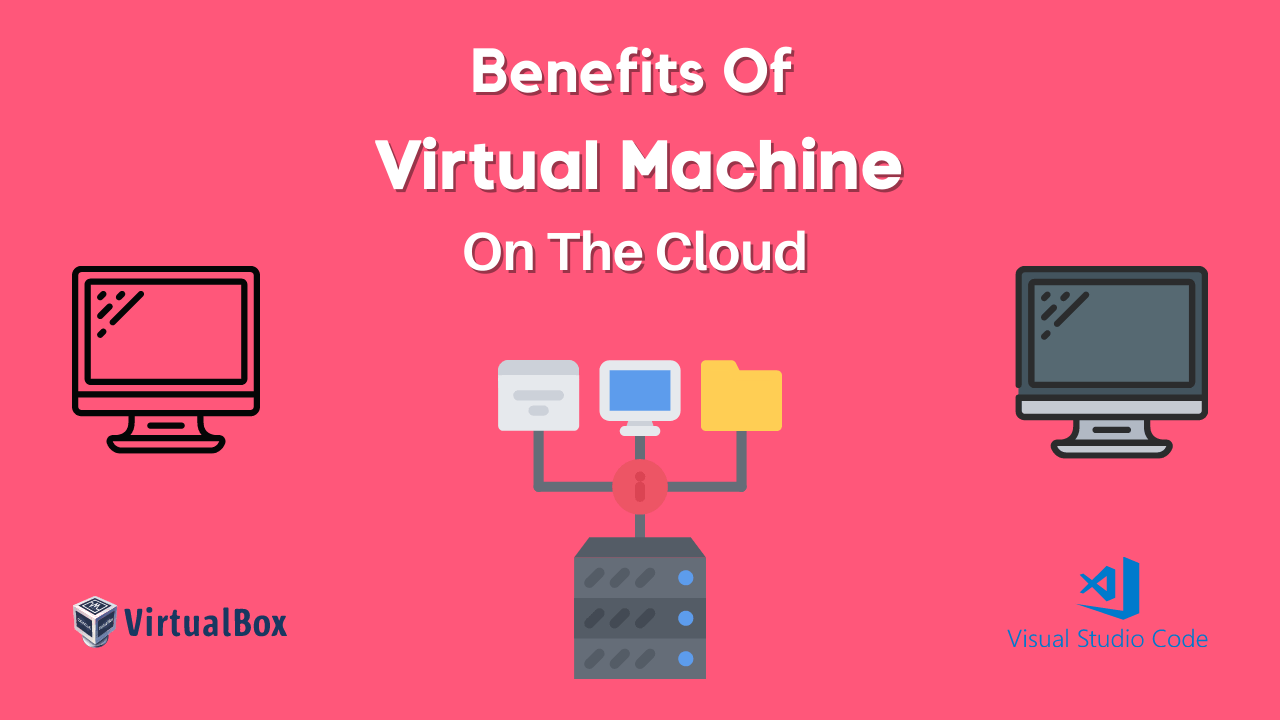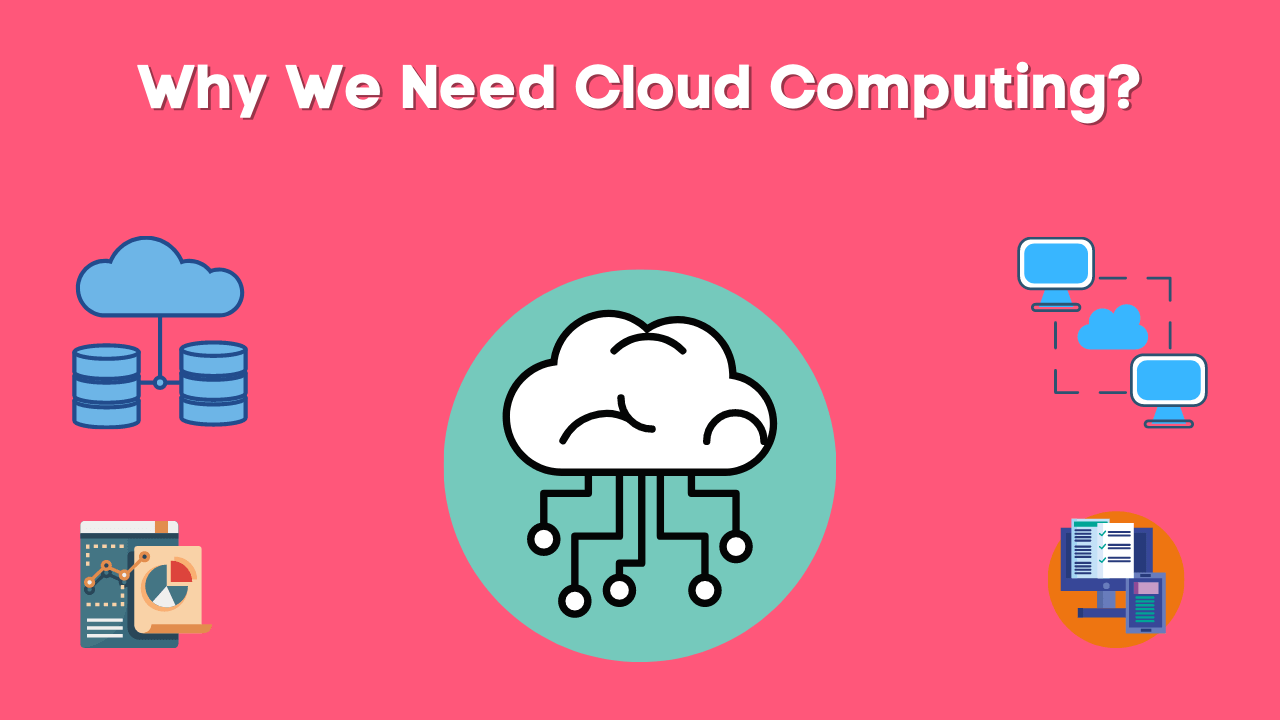In this Guide, we will explore more about What is Kubernetes? and the In-Depth Guide to Container Orchestration.
In the realm of modern software development and deployment, the need for efficient management and scaling of containerized applications has become paramount.
Kubernetes, often abbreviated as K8s, has emerged as the industry-standard platform for container orchestration.
This article aims to provide a comprehensive overview of Kubernetes, exploring its architecture, core concepts, features, and real-world applications.
What is Kubernetes?
Kubernetes is an open-source container orchestration platform originally developed by Google.
It provides a robust framework for automating the deployment, scaling, and management of containerized applications.
Kubernetes streamlines the management of complex container-based architectures, allowing developers and system administrators to focus on building and maintaining applications rather than managing infrastructure.
Key Concepts and Architecture
1. Pods:
The fundamental building blocks of Kubernetes are Pods.
A Pod is the smallest and most basic unit in the Kubernetes ecosystem, representing one or more closely related containers that share the same network and storage resources.
Pods encapsulate one or more microservices, ensuring they are scheduled, deployed, and scaled together.
2. Nodes:
Nodes are individual machines within a Kubernetes cluster that run Pods.
Each node can host multiple Pods and is responsible for running and monitoring them. Nodes can be physical machines or virtual machines.
3. Master Node:
The master node is the control plane of the Kubernetes cluster.
It is responsible for managing and coordinating all activities within the cluster. It includes components like the API server, scheduler, and controller manager.
4. ReplicaSets and Deployments:
ReplicaSets ensure the desired number of Pods is running at all times, even in the event of node failures.
Deployments provide declarative updates to ReplicaSets, allowing easy rollout and rollback of application versions.
5. Services:
Services provide a consistent and reliable way to access a set of Pods.
They enable load balancing, service discovery, and routing of network traffic to Pods.
Key Features of Kubernetes
1. Container Orchestration:
Kubernetes automates the deployment, scaling, and management of containers, ensuring that applications run reliably and efficiently across a cluster of nodes.
2. Horizontal Scaling:
Kubernetes allows applications to scale horizontally by adding or removing Pods based on demand. This ensures optimal resource utilization and high availability.
3. Service Discovery and Load Balancing:
Kubernetes provides built-in service discovery and load balancing capabilities.
Services abstract the underlying Pods, enabling seamless communication between components and distributing traffic evenly.
4. Self-Healing:
Kubernetes continuously monitors the health of Pods and automatically restarts or replaces failed containers. It helps maintain the desired state of the application, ensuring high availability and fault tolerance.
5. Rolling Updates and Rollbacks:
Kubernetes simplifies the process of rolling out updates to applications.
Deployments support controlled and automated rollout of new versions, allowing for easy rollbacks in case of issues.
Real-World Applications
1. Scalable Web Applications:
Kubernetes excels at managing web applications with varying workloads.
By automatically scaling Pods based on traffic, Kubernetes ensures that applications remain responsive and available even during peak periods.
2. Microservices Architecture:
Kubernetes enables the deployment and management of complex microservices architectures.
Each microservice can be encapsulated within a Pod, and Kubernetes handles the orchestration and scaling of these services.
3. Big Data Processing:
Kubernetes can be used to deploy and manage big data processing frameworks like Apache Spark or Apache Hadoop.
It simplifies the provisioning and scaling of clusters, enabling efficient processing and analysis of large datasets.
Related Article: Top 20 IaaS Cloud Computing Examples
4. Machine Learning and AI Workloads:
Kubernetes provides a flexible platform for running machine learning and AI workloads at scale. It supports
popular frameworks like TensorFlow and PyTorch, allowing distributed training and serving of models.
Related Article: What does Data Warehousing Allow Organizations to Achieve?
5. Hybrid and Multi-Cloud Deployments:
Kubernetes enables organizations to deploy applications across multiple cloud providers or on-premises environments.
Its portable nature ensures consistency and flexibility in managing applications across different infrastructures.
Related Article: What is an On Premises Cloud? | Traditional Data Centers
Container Orchestration using Kubernetes
Container orchestration refers to the process of managing and coordinating the deployment, scaling, and operation of containers within a cluster of nodes.
Kubernetes, as a powerful container orchestration platform, provides a range of features and functionalities to simplify the management of containerized applications.
1. Deployment and Scaling:
Kubernetes enables seamless deployment and scaling of containers through the concept of Pods and ReplicaSets.
A Pod is the smallest unit of deployment in Kubernetes, representing one or more containers that are tightly coupled and share resources.
ReplicaSets ensure that a specified number of identical Pods are running at all times, providing scalability and fault tolerance.
To deploy an application using Kubernetes, you define a Deployment, which abstracts the underlying ReplicaSets and Pods.
A Deployment enables declarative updates to the application, allowing you to easily roll out new versions or roll back to previous versions if needed.
It provides control over the desired state of the application and handles the creation, scaling, and termination of Pods as necessary.
Kubernetes also supports automatic scaling based on resource utilization.
By defining Horizontal Pod Autoscalers (HPAs), you can specify the desired resource thresholds (CPU or memory) and let Kubernetes automatically scale the number of Pods up or down to meet the demand. This ensures optimal resource utilization and responsiveness of the application.
2. Service Discovery and Load Balancing:
Kubernetes addresses this through its built-in service discovery and load balancing mechanisms.
In a distributed application architecture, it is crucial to have a reliable way to discover and communicate with different services.
A Service in Kubernetes is an abstraction that defines a logical set of Pods and a policy to access them.
It provides a stable network endpoint that other applications can use to access the services running within the cluster. Services can be exposed internally within the cluster or externally to the outside world.
Kubernetes employs a load balancer to distribute incoming traffic across multiple instances of a Service.
This ensures high availability, fault tolerance, and efficient utilization of resources. The load balancer dynamically routes traffic to healthy Pods and automatically adjusts when Pods are added or removed.
3. Self-Healing and Fault Tolerance:
One of the key benefits of Kubernetes is its self-healing capabilities.
Kubernetes continually monitors the health of Pods and takes necessary actions to maintain the desired state of the application.
If a Pod fails or becomes unresponsive, Kubernetes automatically restarts the container within the same Pod.
If the container repeatedly fails, Kubernetes terminates the Pod and creates a new one to replace it. This ensures that the application remains highly available and resilient to failures.
Kubernetes also provides rolling updates and rollbacks, allowing you to safely update your application without downtime.
When rolling out a new version, Kubernetes gradually replaces old Pods with new ones, ensuring that a minimum number of replicas are available at all times.
If any issues arise during the update, you can easily roll back to the previous version with minimal impact on the application.
4. Storage and Networking:
Kubernetes offers various storage and networking options to support containerized applications.
It provides a flexible volume abstraction that allows you to mount different types of storage to Pods, such as local storage, network-attached storage (NAS), or cloud-based storage solutions.
This ensures data persistence and facilitates stateful applications.
For networking, Kubernetes assigns a unique IP address to each Pod and provides a DNS service for service discovery by name.
It also supports network policies to control inbound and outbound network traffic, enabling fine-grained network security within the cluster.
Related Article: What is Data Pipeline? Steps, Types, Components
Advanced Features and Ecosystem of Kubernetes:
Kubernetes has a vast ecosystem of extensions and plugins that enhance its capabilities. These include:
- Secrets and ConfigMaps: Kubernetes allows you to securely manage sensitive information and configuration data, providing a centralized way to inject them into containers.
- StatefulSets: This feature enables the deployment and management of stateful applications that require stable network identities and persistent storage.
- DaemonSets: DaemonSets ensure that a specific Pod runs on every node in the cluster, facilitating tasks such as log collection, monitoring, or networking agents.
- Logging and Monitoring: Kubernetes integrates with popular logging and monitoring solutions, allowing you to collect and analyze container and cluster-level metrics.
- Security and RBAC: Kubernetes provides robust security features, including role-based access control (RBAC), pod security policies, and network policies, ensuring secure access and isolation within the cluster.
Related Article: What is ETL? – Ultimate Guide of ETL
Conclusion
Kubernetes has revolutionized container orchestration, empowering organizations to build and deploy scalable, resilient, and portable applications.
Its robust features and flexible architecture make it the de facto choice for managing containerized workloads.
By abstracting the underlying infrastructure, It allows developers and operators to focus on application logic and scalability, leading to increased productivity and agility in the world of containerized deployments.
By automating deployment, scaling, and management processes, Kubernetes frees up valuable time and resources, enabling developers to focus on innovation and accelerating the development cycle.
With its widespread adoption and active community support, Kubernetes continues to evolve, catering to the ever-growing demands of modern software development.

Presenting the Data Engineer Team, a dedicated group of IT professionals who serve as valuable contributors to analyticslearn.com as authors. Comprising skilled data engineers, this team consists of adept technical writers specializing in various data engineering tools and technologies. Their collective mission is to foster a more skillful community for Data Engineers and learners alike. Join us as we delve into insightful content curated by this proficient team, aimed at enriching your knowledge and expertise in the realm of data engineering.










